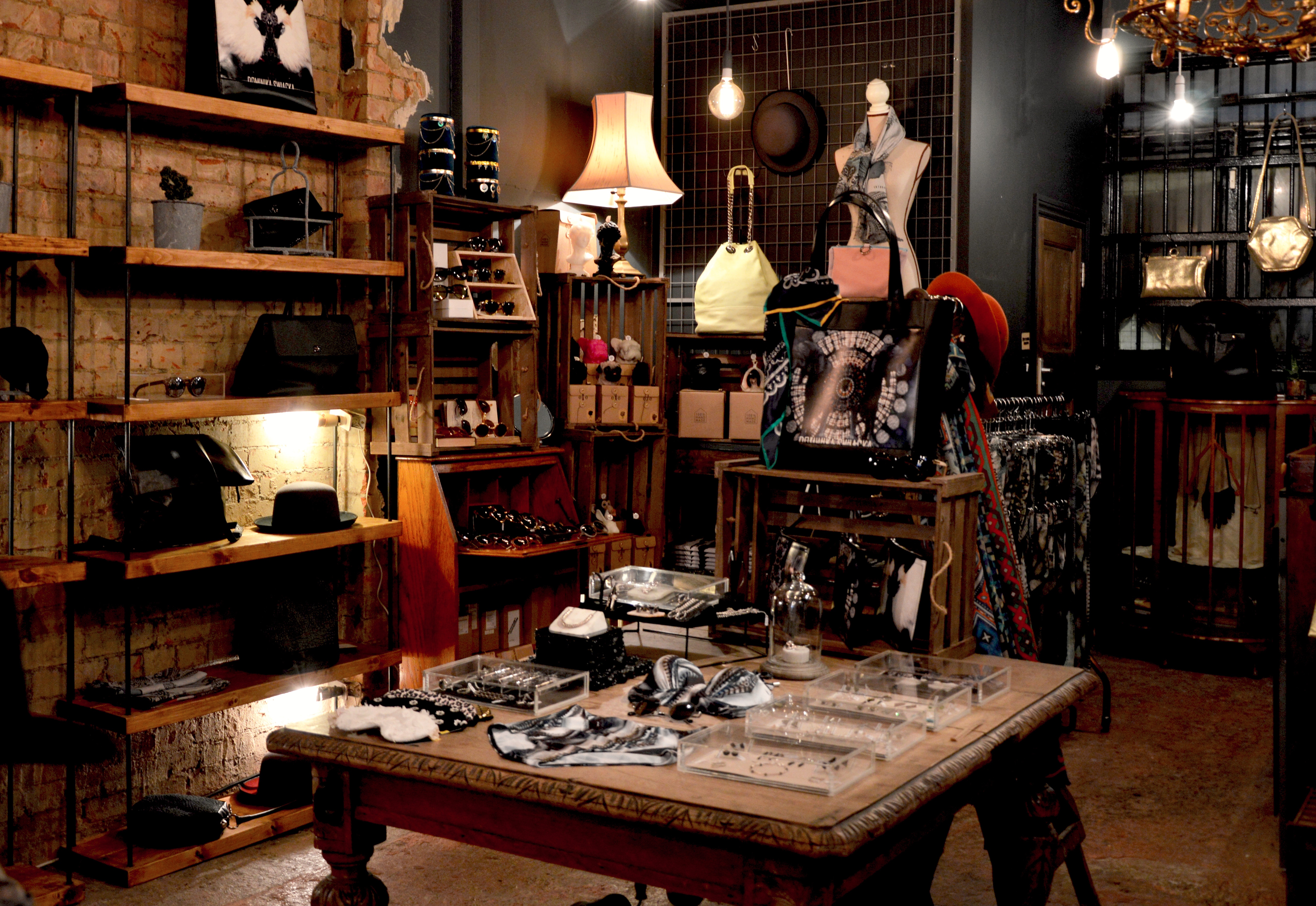|
Hammerson, the UK’s leading retail property specialist, reveals findings of its latest retail and consumer research report in partnership with retail experts Global Data, uncovering the ways in which technology and innovation have been shaping the retail industry through the decades, as it celebrates its 75th Anniversary this year. Technology and innovation have been shaping the industry for decades Whilst the impact of technology on consumer behaviour has been well documented in recent years, in the twentieth century it was advances in the automotive industry which played a major role in changing habits. In the 1950s, when only 1 in 6 families owned a car, there were 12 stores per 1,000 people in the UK. Indicating the impact of improved transport links and car ownership on the local retail scene, this figure has since dropped by two thirds, to four stores per 1,000 people in 2017, and the overall number of retail outlets has halved in that time. But technology now poses some cause for concern… Over half (52%) of 16-24 year olds admit that technology, such as smartphones and tablets, has made them more reluctant to talk to people face to face. But despite the growth of technology, it’s evident that customers overall still value a ‘human experience’ when shopping. Three fifths of shoppers(59%) say they always prefer to use a till staffed by an actual person and almost two thirds (65%) worry about the security of mobile payments.
Yet tech innovation also presents an immense opportunity for retail Greater customer data has enabled retailers to better target investment across all channels, matching how consumers approach the shopping mission.Customers may be increasingly channel ambivalent, but they expect a consistent brand experience throughout the shopping journey. According to Debenhams, “What the customer wants is control over what they are getting when.If they are busy, they want control over when they try products on, when they pick purchases up. It is about control.” Smartphones have empowered the consumer
According to the research, there has been a 30% increase in smartphone ownership in just two years, from 61% of people in 2015 to 80% of people in 2017.Comparing habits with two years ago, whilst 25% of shoppers purchased products on their mobiles at least once a week in 2015, that figure has now risen to 34%. Additionally, 31% of consumers say that options for delivery, collection and returns have a higher influence on where they shop than five years ago. Knowledge of such shifts is invaluable in ensuring retailers and shopping destinations continue to meet the evolving needs of customers today and into the future. Commenting on the research, David Atkins, CEO, Hammerson said: “Whilst the rise of technology is often characterised as a relatively recent phenomenon, our research demonstrates that innovation has been disrupting and shaping the retail industry for decades – and that this has benefitted both consumers and retailers. “Encouragingly, both brands and customers continue to see the physical store as central to the retail experience, and our retailers emphatically agree that the store portfolio will remain a fundamental part of their strategy in the future. Overall it seems evident that technology is not the enemy at the gate, but rather an opportunity for landlords and retailers to embrace.”
|

















